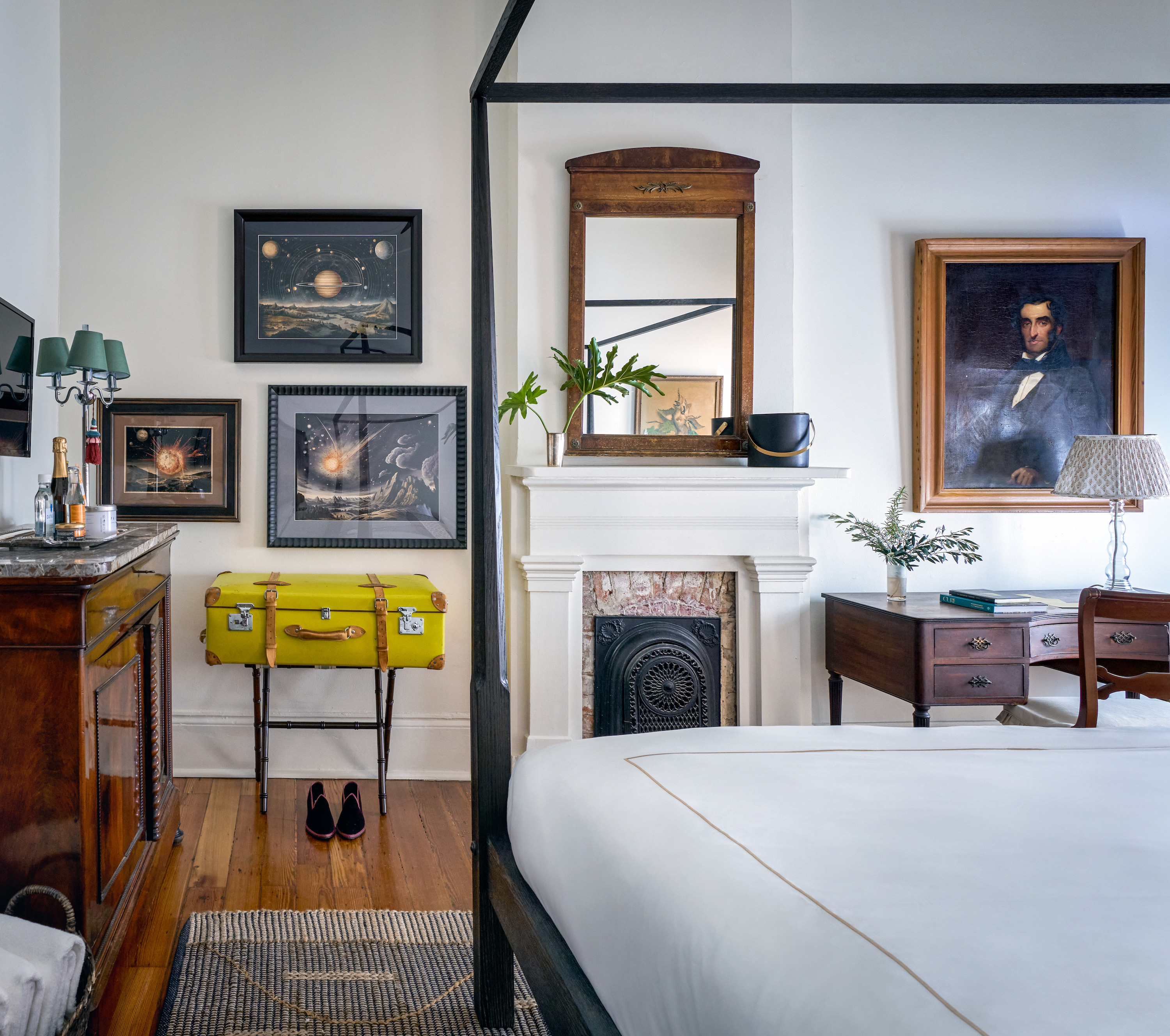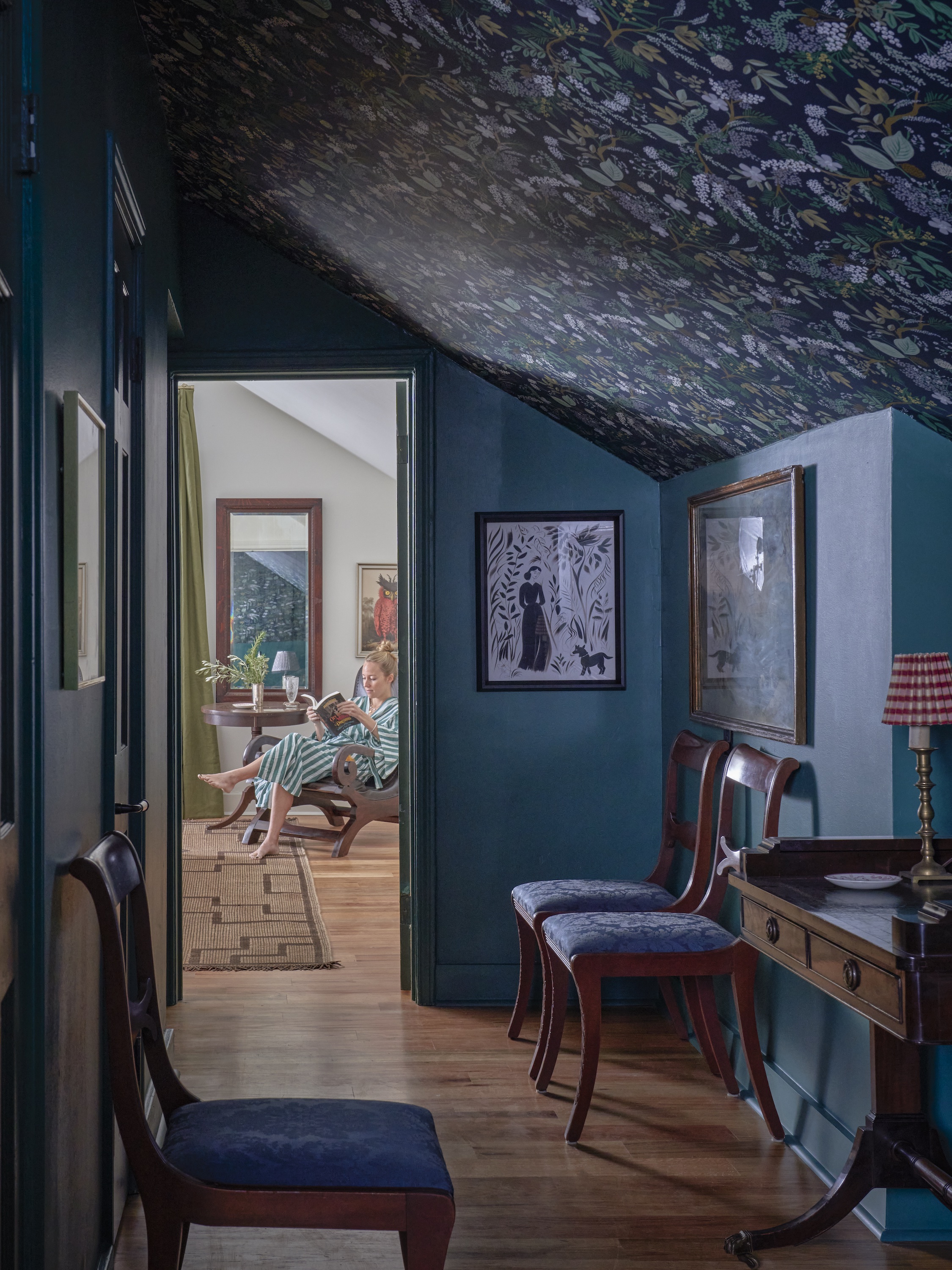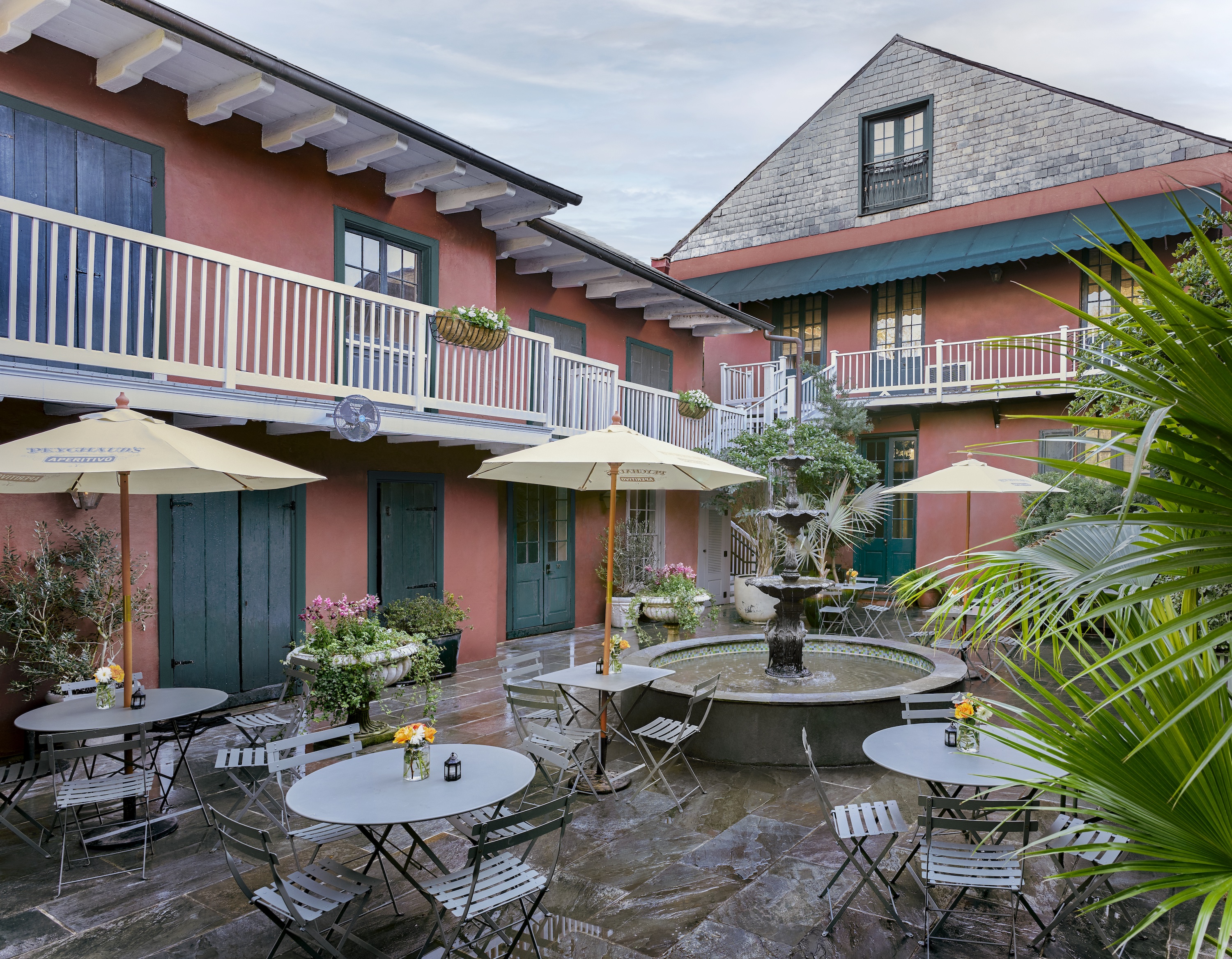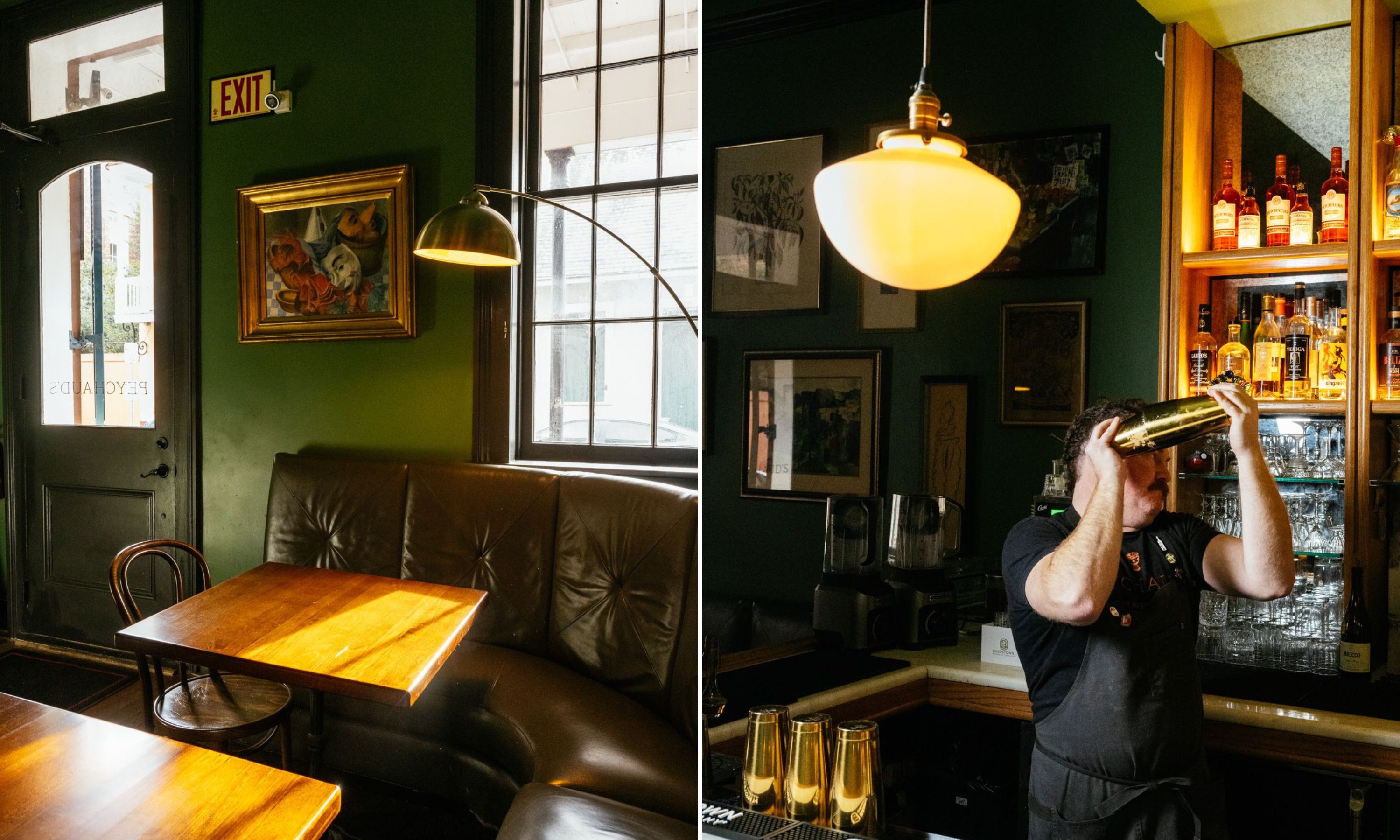Travel
First Look: The Celestine Hotel in New Orleans
In a renovated eighteenth-century French Quarter property, Old World charm meets modern comfort. Plus: Take a peek at the courtyard Tennessee Williams loved

Photo: Paul Costello
Inside a guest room at the Celestine.
Built in 1791, 727 Toulouse Street has sheltered a cast of characters: Mother Henriette Delille, who founded New Orleans’ Sisters of the Holy Family, grew up in the home. Antoine Amedee Peychaud, the father of the Sazerac cocktail and Peychaud’s bitters, lived in the space with his wife, Celestine, and their family. In the twentieth century, when the property became a luxury hotel called the Maison Deville, Tennessee Williams wrote in the peaceful courtyard and sat by the bubbling fountain. The building’s popularity flourished in the sixties when it became a favorite getaway of celebrities, one that would host the likes of Michael Jackson, Robert Redford, and Julia Roberts.

When the Maison Deville shuttered in 2023 after struggling through the pandemic, Robért LeBlanc, the renowned New Orleans hotelier and restaurateur behind the Chloe, saw a chance to keep the historic property’s story going while paying homage to its former tenants. He circled back to Celestine Peychaud’s devotion to the home; in the 1800s, when many buildings housed retail stores below residences, she reserved the space as a place to raise her family. “We named it Celestine in her honor,” LeBlanc says of the reimagined property. “We want each of our guests to also feel like the hotel located at 727 Toulouse Street is their home.”
The Celestine, a collaboration between LeBlanc’s team and the New Orleans designer Sara Costello, melds two hundred years of Old World character with modern comforts. Antique finds—dark oil paintings, pencil drawings, handmade furniture—mingle with playful details, like black-and-white tiles and hallways swathed in bright wallpaper. “The gods of fortune smiled on us when we discovered a treasure trove of lost art of nineteenth-century oil paintings and sketches of the French Quarter,” Costello says. “I can’t imagine how someone forgot to grab those!”
Just as the design balances new and old, it also finds a happy medium between peace and party. Some guest-room windows open up to the bustle of Toulouse Street, and others take in the sanctuary of the private courtyard and trickle of the fountain. “The space is transporting, cosseting, and comfortable,” Costello says. “The hotel has an alluring eighteenth-century charm but still feels modern. It’s the best possible design problem to solve—one in which the strong spirit of place guided us.”

Paul Costello
The integrity of the original interior shines in the preserved millwork and ironwork of the fireplaces. Costello sourced each piece of antique furniture from three New Orleans shops: Merchant House, Dop, and Floor 13.

Paul Costello
“I was in Charleston visiting my daughter and stumbled on a lampshade store called Sorella Glenn, and we decided to partner on all the lighting,” Costello says. The airy cream-and-white Indian block print on the pleated shades plays up the warmth and light of the rooms.

Paul Costello
“This narrow third-floor bathroom hall was about twenty-four inches wide, cramped as heck, with extremely deep closets that we busted through to widen the space,” Costello says. “Up here, it felt more like a cozy French atelier than the more formal guest suites below. It was begging to be cocooned in dark paint and wallpaper. Somehow, there is a ton of light up there and it wound up feeling more like a tree house!”

Paul Costello
In most cases, the team at the Celestine maintained the original floor plans, but they expanded a handful of the bathrooms and guest rooms. Costello added new tilework on the bathroom floors for a touch of whimsy…and a helpful reminder. “We were having a hard time remembering the room numbers, so we decided to tile the numbers directly onto the floors in the bathrooms. That way, guests will always remember they loved room six or room seven and can request it when they return.”

Photo: Paul Costello
The secluded courtyard is a favorite of both Costello and LeBlanc, and many of the rooms’ balconies open up to the private space. “While the architecture of the French Quarter is beautiful,” LebBlanc says, “I have long held that some of the most beautiful views are of the rear courtyards and the backs of the buildings that many visitors never get to see.”

Photo: Paul Costello
Enjoying a drink on a balcony overlooking Toulouse Street.

Photo: RUSH JAGOE
Neal Bodenheimer, the managing partner of New Orleans-based restaurant and bar group CureCo., runs the beverage program at Peychaud’s Bar, which is tucked into the street-level floor of the building and opens to the courtyard. Both hotel guests and the public can slip into a booth for a drink.

Photo: RUSH JAGOE
The Ramos Gin Fizz with orange flower water, cream, citrus, egg whites, and soda water; milk punch dusted with nutmeg; Boukman Punch garnished with mint.







